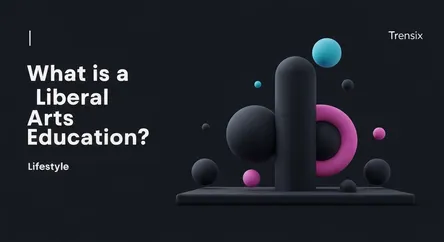Lifestyle
What is a Liberal Arts Education?

Discover what a liberal arts education is, why it's gaining relevance, and how it equips students with timeless skills for a changing world.
What is it?
A liberal arts education is a traditional academic program that provides a broad foundation of knowledge across various disciplines. Rather than focusing on a single vocational skill, it emphasizes the humanities, social sciences, natural sciences, and arts. The core goal is to develop well-rounded individuals with strong intellectual abilities, such as critical thinking, communication, problem-solving, and analytical skills. It's an approach to learning that champions intellectual curiosity and a comprehensive understanding of the world, tracing its roots back to classical antiquity.
Why is it trending?
In an era of rapid technological change and automation, the uniquely human skills fostered by a liberal arts education are more valuable than ever. Employers increasingly seek candidates who can think creatively, adapt to new challenges, and communicate complex ideas effectively—all hallmarks of this educational model. As routine tasks become automated, the ability to analyze, question, and innovate becomes a key differentiator in the job market. This has led to a renewed appreciation for an education that prepares graduates for a lifetime of learning and multiple career paths, not just a single job.
How does it affect people?
Graduates with a liberal arts degree are equipped with highly transferable skills that are applicable across a vast range of industries, from tech and business to government and the arts. This educational path fosters intellectual flexibility, making individuals more resilient and adaptable in a dynamic workforce. It encourages a deeper sense of civic engagement, ethical reasoning, and cultural awareness. Ultimately, it empowers people to not only build a successful career but also to lead a more examined, purposeful, and fulfilling life by understanding the complex world around them.